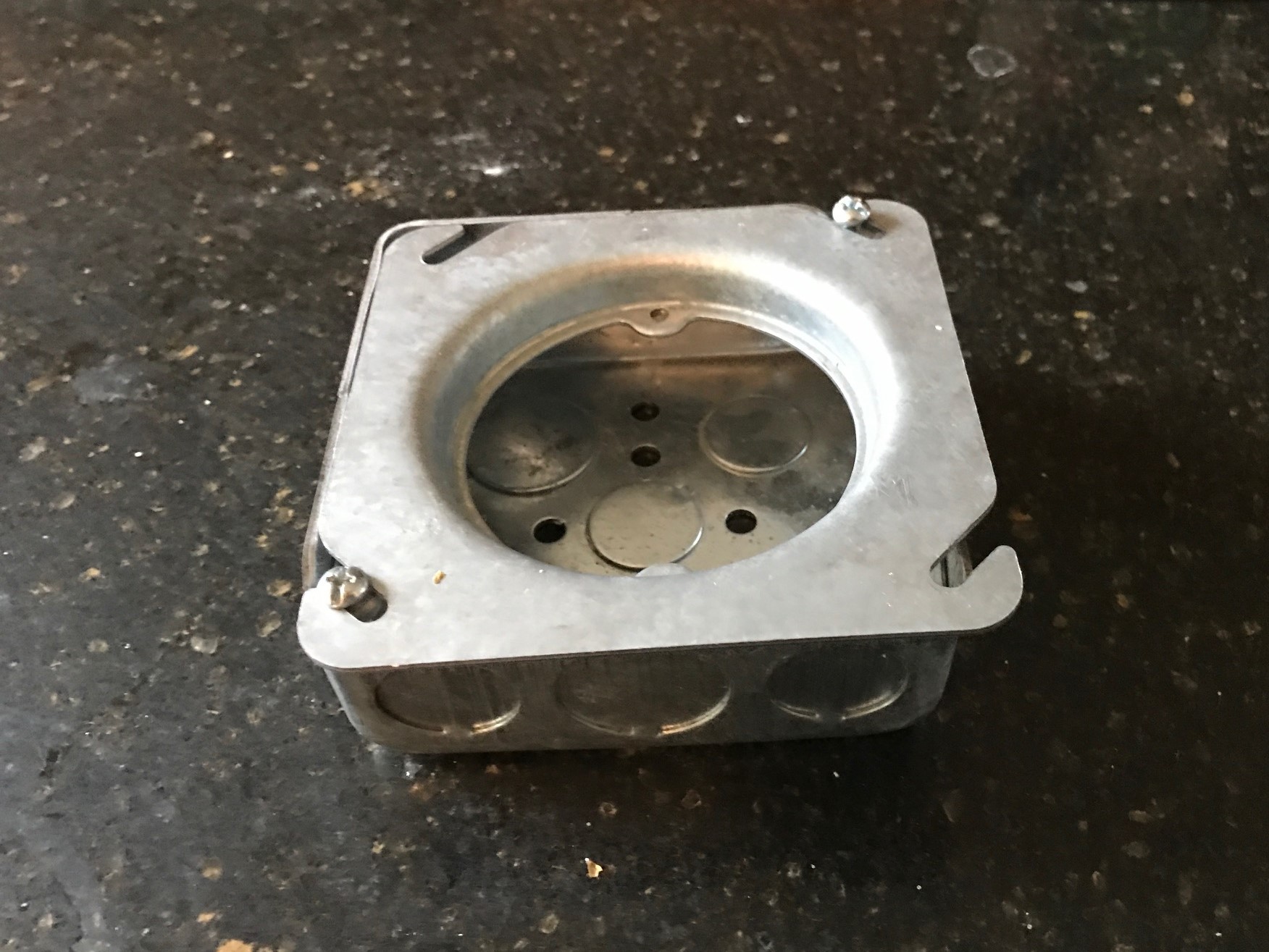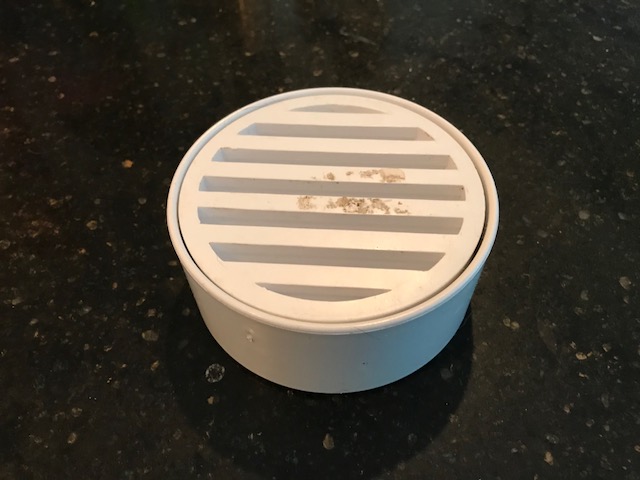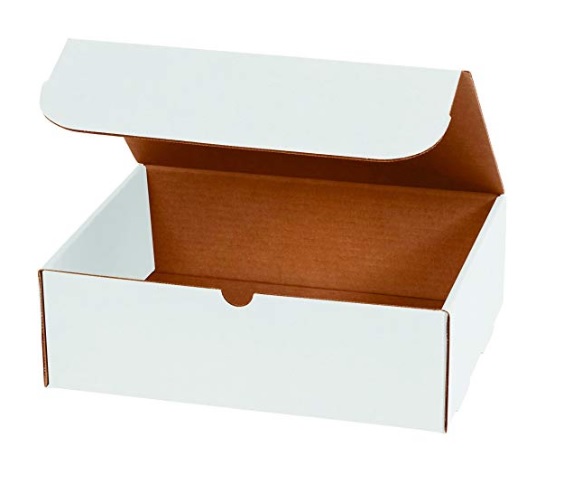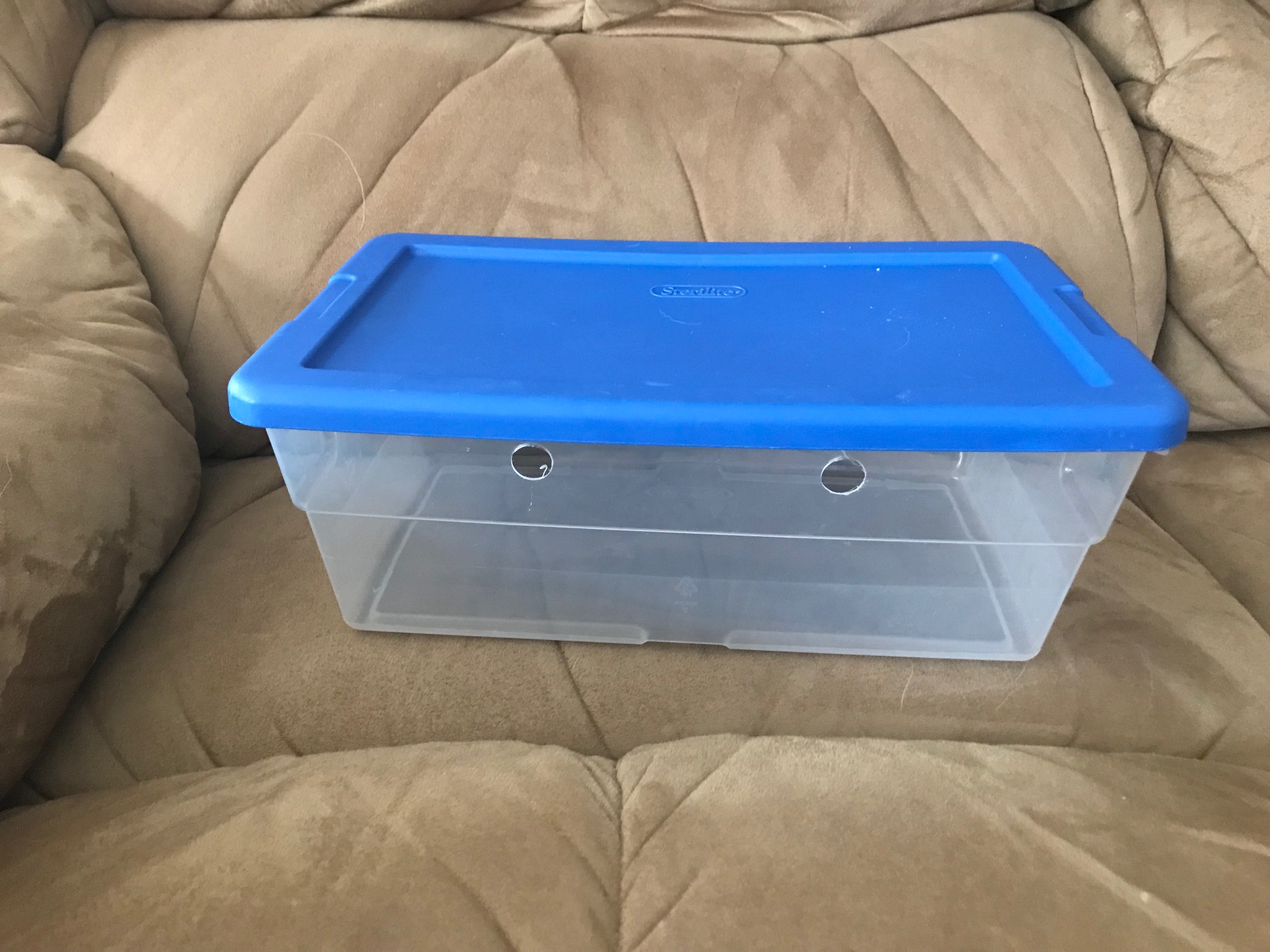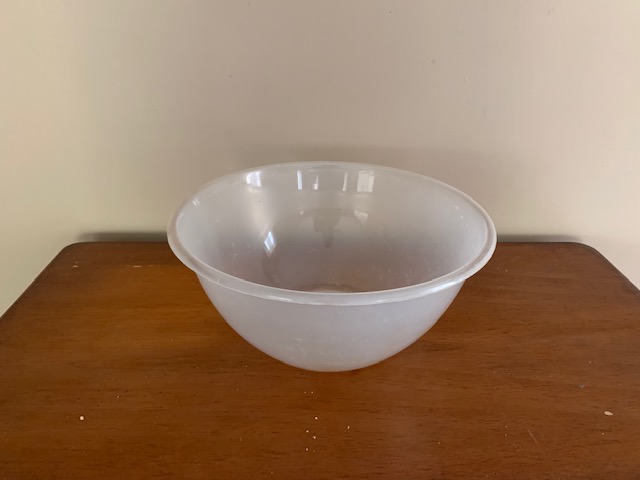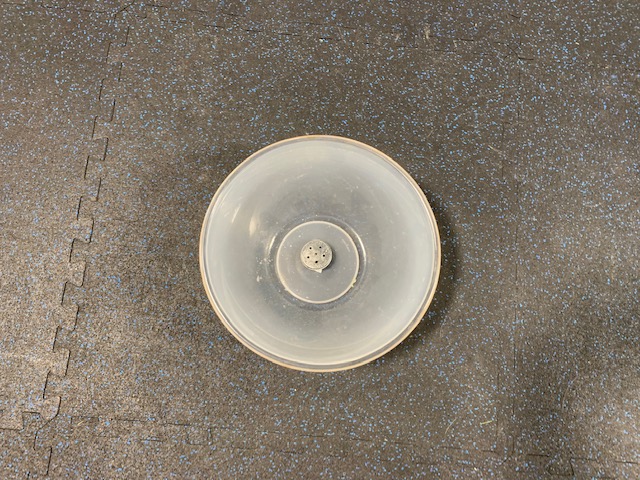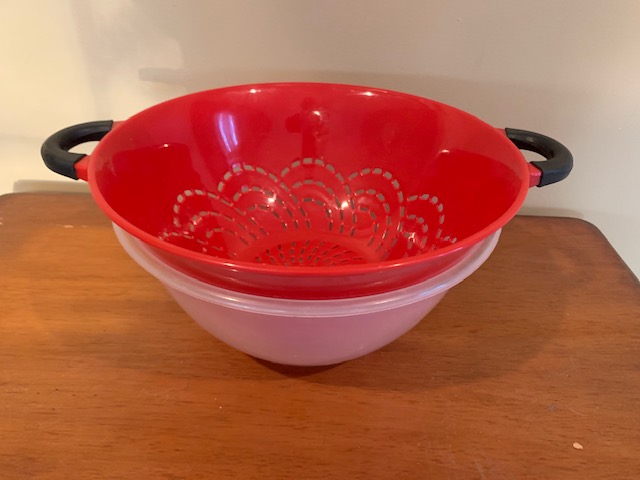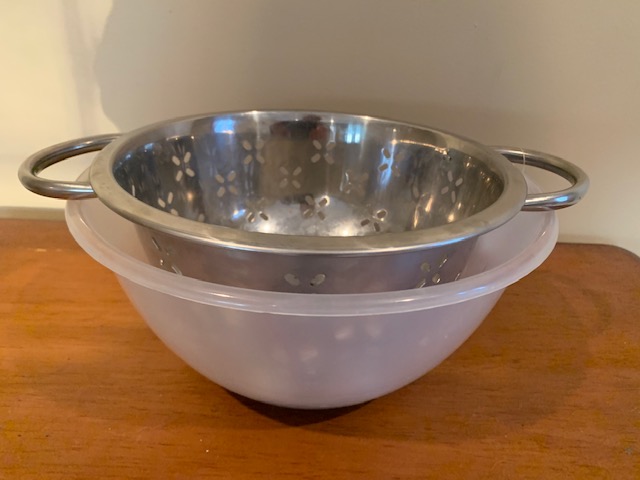Course Details
Nosework is one of the fastest-growing dog sports for good reason — it’s fun, builds confidence, and is suitable for dogs of all ages and temperaments. Nosework is especially helpful for dogs who struggle with reactivity or low confidence. Even in just a few weeks, you’ll see your dog tuning out distractions and focusing on target odor.
This course is unique because we start on odor from day one — no food searching. We use a proven backchaining method similar to the one used to train top detection dogs. The approach is effective for everything from sensitive or unfocused dogs to high-drive workers. Many teams earn their ORT and Novice titles after our introductory courses.
You’ll learn core Nosework concepts: how odor moves, how to handle equipment and hides, how to build strong odor obedience, and how to make searching both clear and motivating for your dog
Get a head start by conditioning your dog to odor using the sample lecture below.
Teaching Approach
This class provides written lectures and videos of varying length. Any video lectures that include verbal information/instructions are accompanied with written steps. Lectures are designed to be watched and follow the ideas presented in the lecture. Lecture videos may run from 1 to 4 minutes long, with the average between 1-2 minutes. The lectures are designed to help a student understand the purpose of the exercise and how it might vary by dog. Pre-lectures are available before the class starts so that teams can prepare before we begin. Since most lectures are sequential, there may be weeks were two batches are rolled out each week - the night before each week and a few days into each week. A 1 minute unlimited homework video option is available, along with the standard 6 minutes option per week. This class will work best for students who learn by reading text lectures, watching videos and who like having structured lesson plans.
This class will have a Teacher's Assistant (TA) available in the Facebook study group to help the Bronze and Silver students! Directions for joining that Facebook group will be in the classroom after you register.
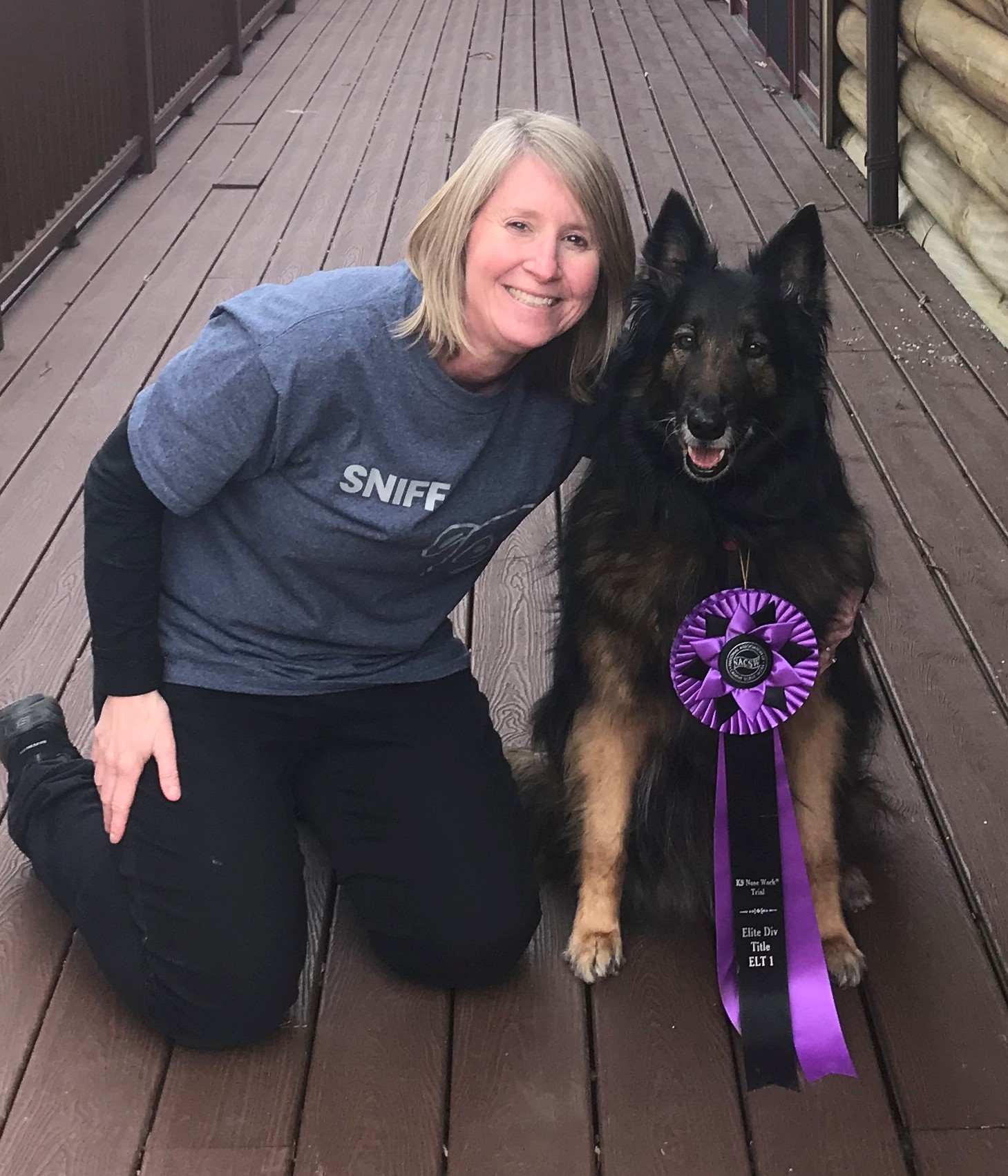 Instructor: Julie Symons
Instructor: Julie SymonsJulie Symons (she/her) has been involved in dog sports for over 30 years. Starting with her mix, Dreyfus, in flyball, she went on to train and compete in conformation, agility, obedience, herding and tracking with her first Belgian tervuren, Rival. Rival was the first CH OTCH MACH Belgian...(Click here for full bio and to view Julie's upcoming courses)
